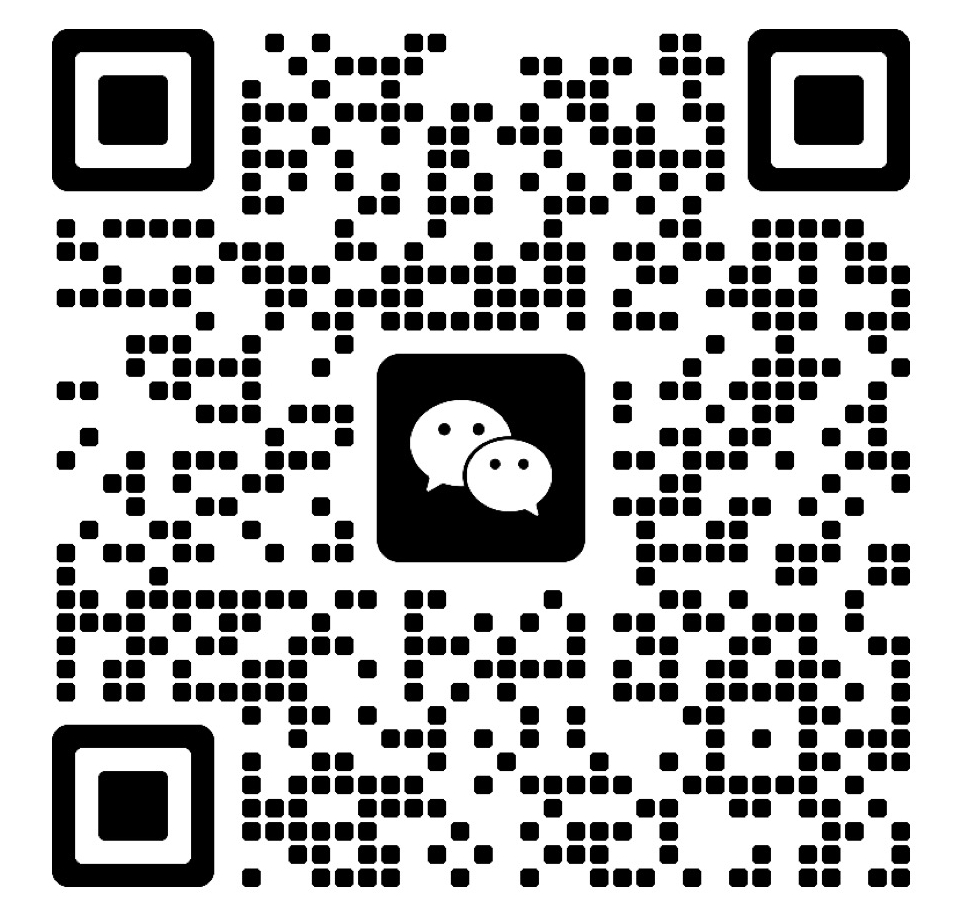Safeguarding machinery is essential, so the ANSI B11 series of American National Standards provides engineers, manufacturers, and personnel with the safety of machinery.
What is a Machine?
As defined in ANSI B11.0-2020: Safety of Machinery, a machine is: “An assembly of linked parts or components (at least one of which moves) with the appropriate actuators, control and power circuits, etc., that are joined together for a specific application such as, for the processing, treatment, marking, or moving of material.”
What is ANSI B11 Standards?
ANSI B11 is a series of American National Standards and Technical Reports addressing a multitude of workplace machinery with the goal of minimizing the risks of potential machinery-related hazards.
They accomplish this by establishing requirements for the design, construction, reconstruction, modification, installation, setup, operation and maintenance of machinery or machine systems.
ANSI B11 standards are used by manufacturers, design engineers, employers, maintenance personnel, and safety professionals to identify and address safety hazards.
ANSI B11 Machine Safety Standards
The various machine guarding standards in the ANSI B11 series address how to safeguard new, existing, modified or rebuilt power and manual-driven machines that are used to process materials and the associated equipment used to transfer material or tooling.
The series includes:
- ANSI B11.0-2023: Safety Of Machinery General Requirements-Risk Assessment
- ANSI B11.1 Mechanical Power Presses
- ANSI B11.2 Hydraulic Power Presses
- ANSI B11.3 Power Press Brakes
- ANSI B11.4 Shears
- ANSI B11.5 Ironworkers
- ANSI B11.6 Manual Turning Machines (lathes) with and without Automatic Control
- ANSI B11.7 Cold Headers and Cold Formers
- ANSI B11.8 Manual Drilling, Milling and Boring Machines
- ANSI B11.9 Grinding Machines
- ANSI B11.10 Metal Sawing Machines
- ANSI B11.11 Gear and Spline Cutting Machines
- ANSI B11.12 Roll Forming and Roll Bending Machines
- ANSI B11.13 Single and Multiple-Spindle Automatic Screw/Bar and Chucking Machines
- ANSI B11.14 Coil Slitting Machines
- ANSI B11.15 Pipe, Tube and Shape Bending Machines
- ANSI B11.16 Powder / Metal Compacting Presses
- ANSI B11.17 Horizontal Hydraulic Extrusion Presses
- ANSI B11.18 Machines Processing of Coiled Strip, Sheet, and Plate
- ANSI B11.19 Safeguarding Design, Construction, Installation, Operation, Maintenance
- ANSI B11.20 Integrated Manufacturing Systems Cells
- ANSI B11.21 Machine Tools using Lasers
- ANSI B11.22 CNC Turning Machines
- ANSI B11.23 CNC Milling, Drilling and Boring Machines
- ANSI B11.24 Transfer Machines
- ANSI B11.TR1 Ergonomic Guidelines
- ANSI B11.TR2 Mist Control
- ANSI B11.TR3 Risk Assessment / Risk Reduction
- ANSI B11.TR4 Programmable Electronic Systems (also see NFPA-79 for additional information)
- ANSI B11.TR5 Sound Level Measurement
- ANSI B11.TR6 Safety Control Systems for Machines
- ANSI B11.TR7 Design for Lean Manufacturing
- ANSI 01.1 Woodworking Machinery
ANSI/NFPA/RIA/ASME safety standards
Additional machine safety standards are published by the National Fire Protection Association (NFPA), the Robotic Industries Association (RIA), and the American Society of Mechanical Engineers (ASME), including:
- ANSI/RIA R15.06 Industrial Robots and Robot Systems
- ANSI / NFPA 70 National Electrical Code
- ANSI / NFPA 79 Electrical Standard for Industrial Machinery
- ASME B20.1 Safety Standards for Conveyors
Applicable OSHA machine safety standards
The following Occupational Safety and Health Administration (OSHA) laws and regulations are most commonly applied to industrial machinery:
- OSHA 29 CFR 1910 General Industry Regulations
- OSHA 29 CFR 1910.211 Definitions
- OSHA 29 CFR 1910.212 General Requirements for Guarding All Machines
- OSHA 29 CFR 1910.213 Woodworking Machinery Requirements
- OSHA 29 CFR 1910.215 Abrasive Wheel Machinery
- OSHA 29 CFR 1910.217 Mechanical Power Presses
- OSHA 29 CFR 1910.218 Forging Machines
- OSHA 29 CFR 1910.219 Mechanical Power-Transmission Apparatus
- OSHA 29 CFR 1910.333 Electrical Safety
- OSHA 29 CFR 1926.300 General Requirements
- OSHA 29 CFR 1926.301 Hand Tools
- OSHA 29 CFR 1926.302 Power-Operated Hand Tools
- OSHA 29 CFR 1926.303 Abrasive Wheels and Tools
- OSHA 29 CFR 1926.304 Woodworking Tools
- OSHA 29 CFR 1926.307 Mechanical Power-Transmission Apparatus
- OSHA 29 CFR 1926.555 Conveyors
- OSHA 1910 Subpart D Walking – Working Surfaces
- OSHA 1910 Subpart O Machinery and Machine Guarding
- OSHA 1910 Subpart P Hand and Portable Tools
- OSHA 1910 Subpart S Electrical
- OSHA 1910.6 Incorporation by Reference – Includes all ANSI, NFPA standards
- OSHA 1910.24 Fixed Industrial Stairs
- OSHA 1910.27 Fixed Ladders
- OSHA 1910.147 Control of Hazardous Energy Lockout / Tagout
Learn More: Machinery Safety Standard and Regulation (EU)
Inspect by GIS Inspection
General Inspection Service-GIS is an international third-party quality control inspection company headquartered in China in 2005, which provides a professional range of product quality inspection and factory audit services to clients across multiple industries. We have set up an inspection network covering China, Vietnam, India and Malaysia. By employing only full-time inspectors, GIS is trusted by more than 12,000 brands globally.


